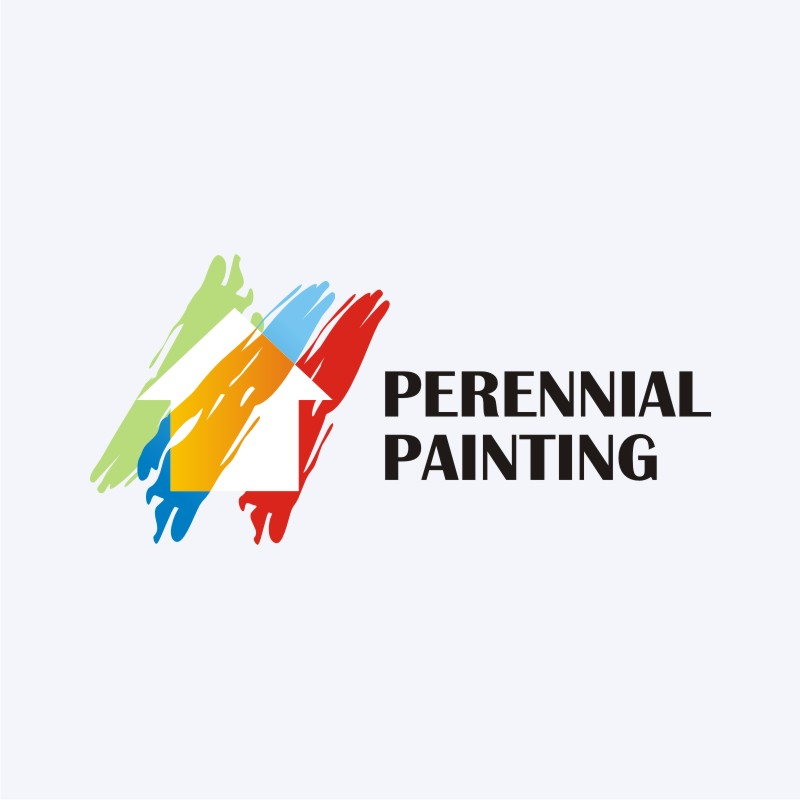Prepare Your Wall Surfaces For Paint By Utilizing Key Tips And Techniques That Make Certain A Flawless Coating-- Figure Out The Necessary Steps To Elevate Your Task
Prepare Your Wall Surfaces For Paint By Utilizing Key Tips And Techniques That Make Certain A Flawless Coating-- Figure Out The Necessary Steps To Elevate Your Task
Blog Article
Team Writer-Lyhne Chaney
When you're prepping your walls for painting, it's crucial to adhere to a systematic process to guarantee a remarkable surface. Start by analyzing the wall for any type of damages; this action can make or break your task. Once you've determined any problems, cleansing the surface effectively is important, as a filthy wall can impact paint bond. Afterwards, aged care painting 'll require to patch any flaws and apply a guide. But there specify strategies and suggestions that can elevate your preparation video game-- let's check out those further to accomplish the best outcomes.
Assessing Wall Condition
Prior to you grab your paintbrush, take a moment to assess your wall surfaces' problem. Check for any noticeable damage like splits, openings, or peeling paint. These blemishes can influence just how the paint adheres and looks once it's completely dry. If you discover any type of substantial damages, you'll need to focus on fixings before diving right into painting.
Look carefully at the appearance of your wall surfaces. Is the surface area smooth, or is there texture that might require special factor to consider? Smooth walls typically need much less prep, while distinctive surfaces may need more time to repaint equally.
Likewise, take into consideration the previous paint job. If the old paint is shiny, it mightn't allow new paint to stick correctly. You'll wish to know if your walls have actually been painted with oil-based or water-based paint, as this can impact your option of guide or paint.
Finally, take note of any wetness concerns. If you see signs of water damages or mold and mildew, address these problems instantly to prevent additional issues.
Cleansing the Surface
Once you have actually analyzed the problem of your walls, the following step is cleansing the surface. Start by collecting your supplies: a bucket, warm water, a mild cleaning agent, a sponge or cloth, and a scrub brush for tougher places.
Begin at the top edge of the wall surface and function your way down. Mix the detergent with warm water in your bucket, then dip the sponge or towel right into the solution. Wring it bent on stay clear of too much wetness on the wall surfaces.
As you cleanse, pay close attention to areas that may've accumulated dust, oil, or fingerprints. For https://www.realsimple.com/home-organizing/home-improvement/painting/painting-mistakes , make use of the scrub brush carefully to avoid damaging the paint underneath. Rinse your sponge or cloth regularly in clean water to avoid spreading out dirt around.
After cleaning, it's essential to clean the wall surfaces with a damp towel to remove any soap residue. This step makes sure a smooth surface for the new paint to abide by.
Enable the wall surfaces to completely dry completely before going on to the next prep work steps. This complete cleaning process will help develop a fresh canvas for your painting project, guaranteeing the most effective outcomes.
Patching and Priming
Patching and priming are essential action in preparing your walls for a fresh coat of paint. First, evaluate your walls for any kind of holes, fractures, or imperfections. Make use of a top notch spackling substance or patching paste to fill up these areas.
Use the substance with a putty blade, smoothing it out so it's flush with the surrounding surface. Enable it to dry entirely, and then sand it gently up until it's smooth and also.
When you've patched whatever, it's time to prime. Guide aids secure the covered areas, making sure the paint sticks appropriately and gives an uniform coating. Choose a primer appropriate for your wall surface kind and the paint you'll be making use of.
Use the primer making use of a roller for larger locations and a brush for corners and sides. If your patched areas are substantially large or permeable, you might intend to use a 2nd coat of guide after the very first one dries.
After priming, let every little thing completely dry thoroughly before carrying on to paint. This prep work won't only improve the look of your walls yet additionally extend the life of your paint task.
Take your time, and you'll be pleased with the results.
Final thought
By following these simple steps, you can attain a smooth and professional coating on your wall surfaces. Beginning by evaluating their problem, then clean and patch any kind of flaws prior to applying primer. Bear in mind to permit ample drying time and make certain whatever is smooth before you dive into paint. With the right preparation, you'll establish the stage for a beautiful change in your area. Now, gather your supplies, take in the fresh air, and prepare yourself to repaint!
